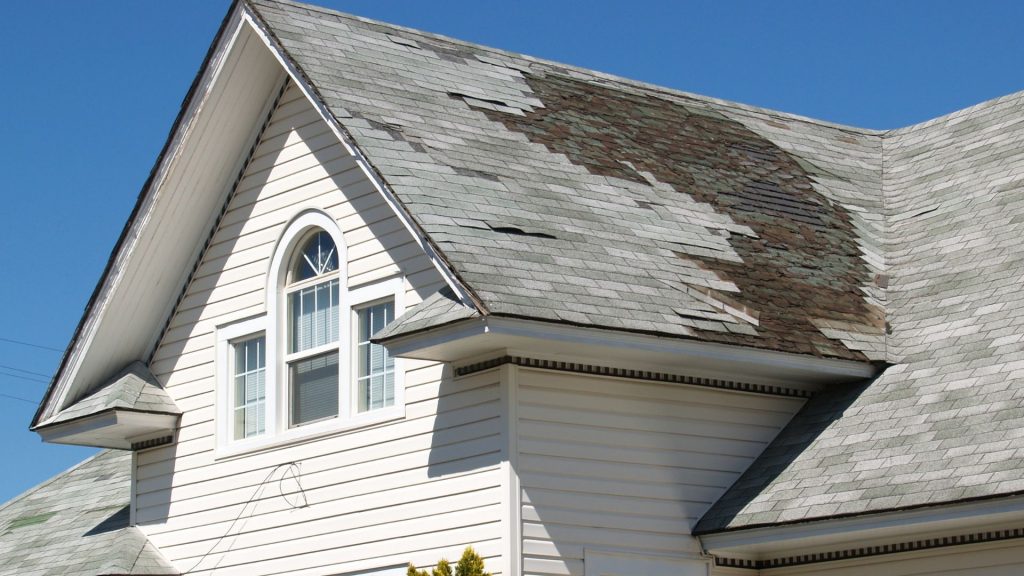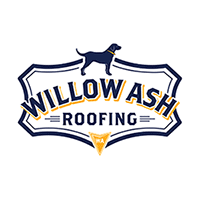The health of your home’s roof is paramount, not just for the safety of those living beneath it but also for the overall structural integrity of your home. Roof inspections are a critical element in maintaining this health, yet many homeowners find themselves puzzled by the details of a roof inspection report. This guide is designed to demystify roof inspection reports, providing homeowners with the knowledge needed to understand these reports fully and make informed decisions regarding their home maintenance.
Understanding your roof inspection report is crucial for addressing any potential issues before they become significant problems. These reports can highlight areas needing immediate attention, forecast potential future issues, and provide peace of mind about the overall condition of your roof. Let’s delve into what makes up these reports and how you can use them to maintain the integrity of your home.
What is a Roof Inspection Report?

A roof inspection report is a document a professional roofing inspector generates after evaluating your roof. This report is essential for routine maintenance, assessing damage after severe weather, or evaluating a home’s condition during the buying or selling process. It provides a comprehensive overview of the roof’s condition, offering insights into any necessary repairs or maintenance.
These reports are typically generated after a thorough examination of your roof and attic space. They are invaluable for homeowners, as they document the current state of the roof, identify any issues, and recommend corrective actions. Understanding the purpose and components of these reports is the first step toward leveraging them for effective roof maintenance.
Components of a Roof Inspection Report
The Roofing Materials section details the types of materials used on your roof and their current condition, providing insight into the age and expected lifespan of your roof. Roof Features focuses on the inspection of chimneys, vents, skylights, and other roof features, noting any damage or wear that could affect overall roof performance.
Structural Integrity assesses the roof structure’s condition, including trusses and rafters, to ensure they are sound and free of damage. The Drainage Systems evaluation looks at gutters and downspouts to verify that water is being effectively diverted away from the home. Workmanship reviews the installation quality and any previous repairs, identifying issues that could lead to future problems. The Interior Inspection portion of the report comes from examining the attic for signs of leaks, poor insulation, or moisture, all of which can impact roof health. Finally, the Overall Condition summary provides a general assessment of the roof’s health and an estimate of its remaining lifespan.
Interpreting Your Roof Inspection Report
Understanding your roof inspection report begins with familiarizing yourself with the technical terms and grading systems used. Reports often use specific roofing terminology to describe the condition of materials and structural elements. Knowing what terms like “flashing,” “soffit,” and “fascia” refer to can help you better understand the report’s findings. Grading systems may vary, but they typically range from “excellent” to “poor,” indicating the urgency of needed repairs.
Identifying critical issues that require immediate attention is paramount. These might include severe structural damage, significant leaks, or extensive material wear. Immediate issues are typically highlighted in the report and should be addressed promptly to prevent further damage to your home. Understanding these aspects of your report ensures you can take swift, informed action to maintain your roof’s health.
Common Problems Identified in Roof Inspection Reports
Roof inspection reports often reveal common issues like missing or damaged shingles, problems with flashing around chimneys and vents, and signs of aging materials. These issues, while seemingly minor, can lead to significant problems like leaks and structural damage if not addressed.
Understanding the potential impacts of these issues is crucial. For instance, a small leak can quickly lead to extensive water damage, mold growth, and insulation problems. By familiarizing yourself with these common problems, you can better assess the urgency of repairs and maintenance tasks outlined in your inspection report.
Next Steps After Receiving a Roof Inspection Report
For minor issues noted in the report, homeowners might consider whether DIY fixes are appropriate or if professional repair is necessary. Simple repairs like replacing a few missing shingles might be within the capabilities of a handy homeowner. However, for major concerns, such as structural damage or extensive leaks, it’s important to prioritize repairs and choose a reputable roofing contractor for the job.
When the report includes maintenance recommendations, implementing these suggestions can help extend your roof’s life and prevent future issues. Regular maintenance tasks like cleaning gutters and inspecting for damage can significantly impact your roof’s longevity and performance.
The Importance of Regular Roof Inspections
Regular professional roof inspections are vital in preventing major repairs and extending the life of your roof. These inspections can catch potential problems early, saving homeowners significant money and stress in the long run. Establishing a routine inspection schedule ensures that your roof remains in optimal condition, protecting your home from the elements.
Maintaining an ongoing relationship with a roofing professional, like Willow Ash Roofing, can provide additional benefits. A professional who is familiar with your roof’s history can offer personalized advice and maintenance tips, ensuring that your roof receives the best possible care.
Roof inspection reports are a vital tool in the arsenal of home maintenance strategies. Understanding these reports allows homeowners to take proactive steps in caring for their roofs, addressing minor issues before they escalate, and ensuring their homes remain safe and secure. By familiarizing yourself with the components of these reports and learning how to interpret their findings, you can make informed decisions about your roof’s maintenance and repair needs.
If you’re due for a roof inspection or have concerns about your roof’s condition, don’t hesitate to reach out to Willow Ash Roofing. Our team of professionals can provide a comprehensive roof inspection and a detailed report that breaks down everything you need to know about your roof’s health. Contact us today to schedule your inspection and take the first step toward proactive roof maintenance.
